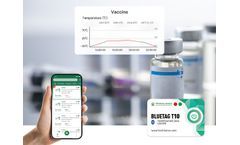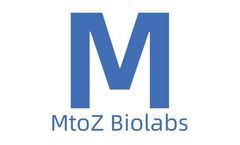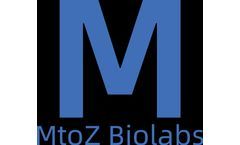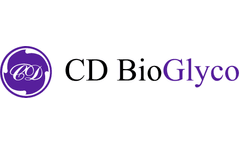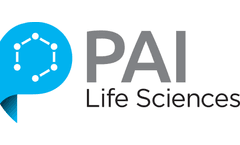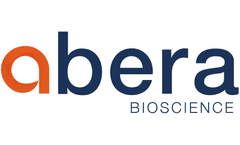Vaccine Production Articles & Analysis
42 articles found
The production of VLPs can be achieved through various methods, including recombinant DNA technology. ...
During the cold chain transportation of vaccines, serums, and biological products, 2-8℃ is a very suitable temperature. The vaccine Bluetooth temperature sensor provided by Freshliance has high accuracy. ...
The field of immunology has experienced significant advancements over recent years, particularly in the area of recombinant vaccine production. This innovative approach has revolutionized the way vaccines are developed, manufactured, and administered, offering a promising alternative to traditional methods. ...
These proteins are then extracted for use in the vaccine. These vaccines can effectively stimulate the immune system to respond to specific pathogens, thereby providing protective effects. Since the production of recombinant protein vaccines involves the growth and expression of proteins in host cells (such as E. coli, yeast, ...
Central to the production of these vaccines are enzymes, which play crucial roles in the synthesis and modification of mRNA molecules. ...
Recombinant protein vaccine is a type of vaccine that does not contain complete pathogens and is prepared from specific protein antigens produced by heterologous expression systems. ...
Furthermore, custom mRNA production holds immense potential in vaccine development, offering a rapid and adaptable approach to creating vaccines against infectious diseases. ...
This makes it possible to use these RNA-based therapeutics efficiently in various medical applications, as evident in the successful deployment in mRNA vaccines. Infusing Premade Products into RNA-LNP Technology The use of premade RNA-LNP products is a compelling journey towards the future of targeted gene therapy and vaccines. ...
Adjuvants can help antigens induce long-term effective specific immune responses in vivo, leading to higher vaccine efficacy and prolonged protection from immune responses. Adjuvants can also reduce the amount of antigen used, the cost of production and the number of immunizations. ...
By understanding the multifaceted applications of glycerin in vaccine formulation, storage, and delivery, pharmaceutical manufacturers can optimize their vaccine production processes to ensure superior quality and effectiveness. Among the numerous components and additives employed in vaccine production, glycerin ...
Besides the advantages in terms of specificity and safety, peptide vaccines offer clear cost and supply advantages by reducing production costs and delivery times.However, the development of vaccines based on these minimal sequences is not without challenges. ...
This article explores the intricate and indispensable role that raw enzymes play in the manufacturing of mRNA vaccines, delving deep into their significance and impact on vaccine production. ...
Due to the particularity of vaccines, vaccines need to be kept in a constant and suitable temperature environment during transportation and storage, and different vaccines require different environmental temperatures. Therefore, vaccines often need to be processed in the cold chain, and Temperature Humidity Recorders with quality certification are required to monitor and record the temperature of ...
These cells, used for in vitro virus cultivation, significantly impact the quality, yield, and safety of biological products, particularly vaccines. Various animal cell matrices, such as primary cells, passaged cells, and human diploid cells, are currently employed in the production of vaccines and other biologics. ...
To fight these deadly infections, a pneumococcal vaccine is given to stimulate the production of antibodies against CPS. ...
Vero cellsare a continuous adherent cell line that is frequently used in cell culture and plays an important role in worldwide vaccine and vector production (manufacturing). Unlike other mammalian cells, they do not secrete interferon alpha or beta when infected by viruses – this is one of the reasons that efficient replication of many ...
ByNuvonis
One of the major challenges is the manufacturing of a new SARS-CoV-2 vaccine in large scale for global demand. So far, only few companies use a conservative but tested approach of producing a classical inactivated vaccine, for which production capacity can be easily found. ...
ByNuvonis
However, CEFs are not ideal for state-of-the-art vaccine production as it requires specific-pathogen-free (SPF) embryonated eggs in large numbers to generate a primary cell culture. ...
ByNuvonis
The World Health Organization in its report on Neglected Tropical Diseases has stated that there is overwhelming evidence to show that the burden caused by many of the 17 diseases that affect more than 1 billion people worldwide can be effectively controlled and, in many cases, eliminated or even eradicated. Leishmaniasis caused by Leishmania spp is one such example and poses a grave health risk ...
Abera’s vaccine delivery platform works as a plug-and-play system where known or novel antigens can be engineered onto our delivery platform to create effective, multivalent vaccines that are cost-effective and fast to produce. We actively work together with academia and industry to enable the use of our vaccine delivery platform in design and development of new vaccines. Many of these ...


